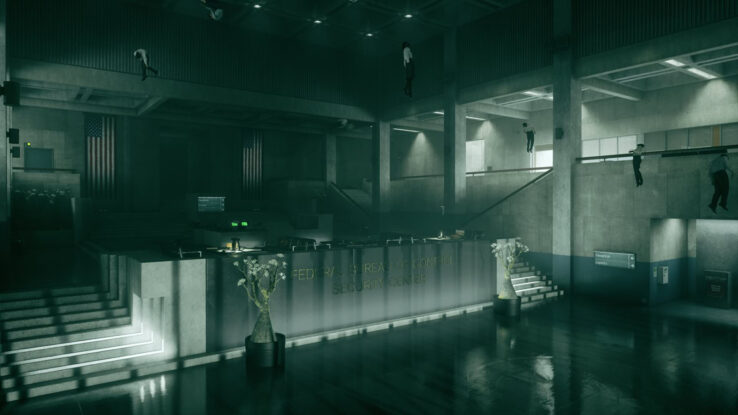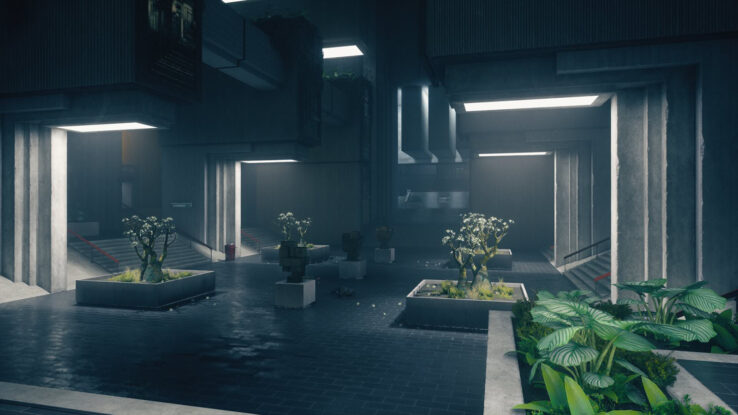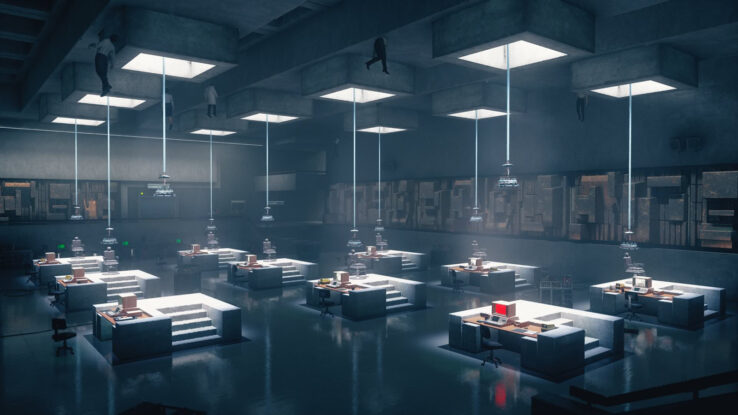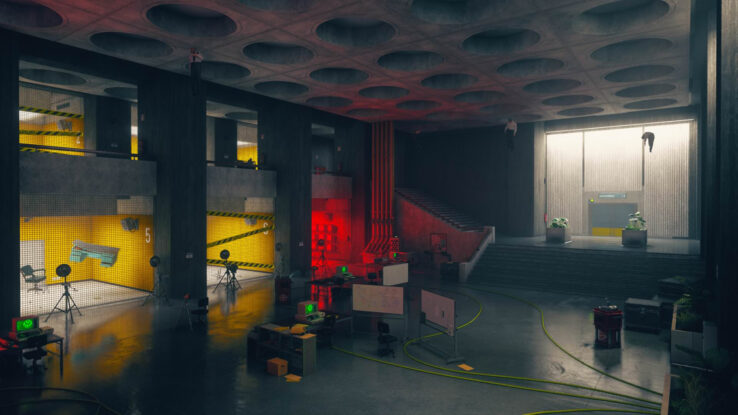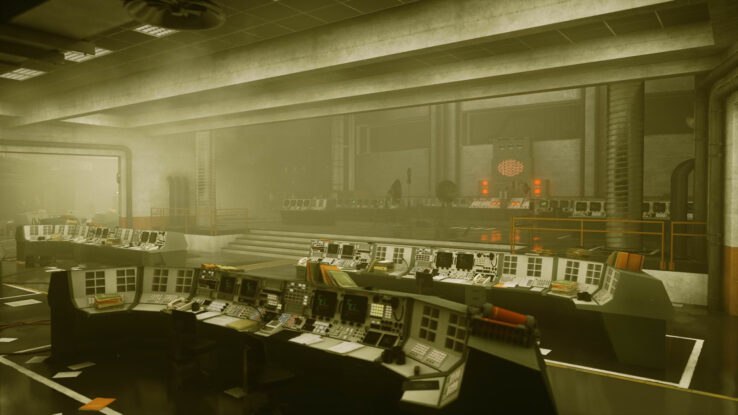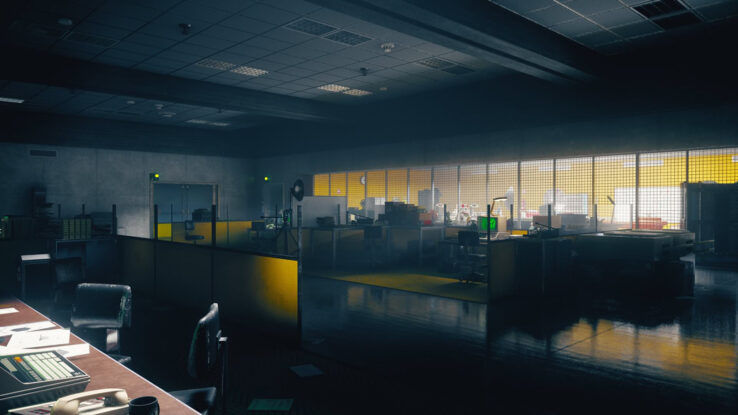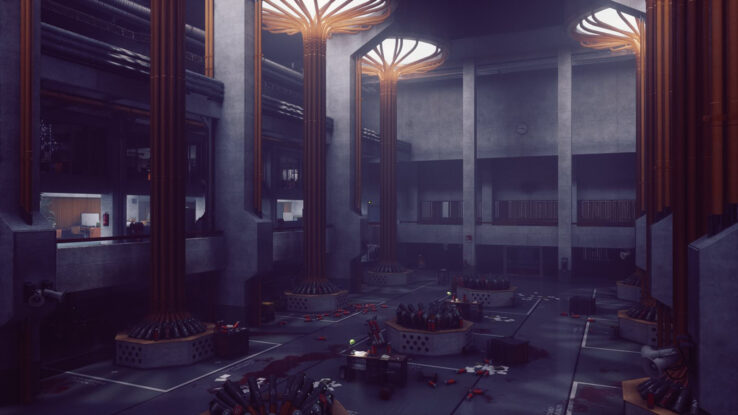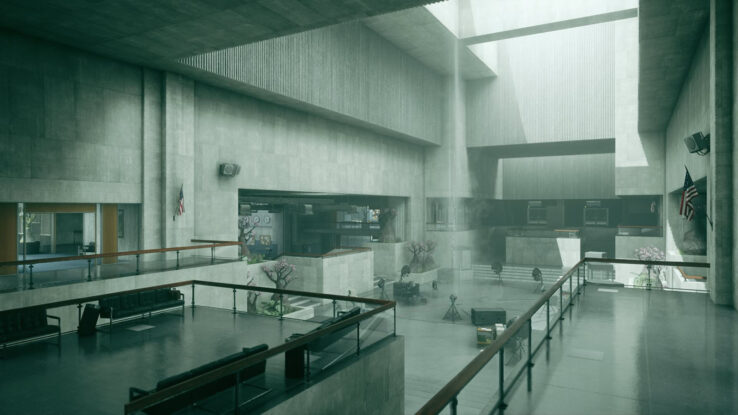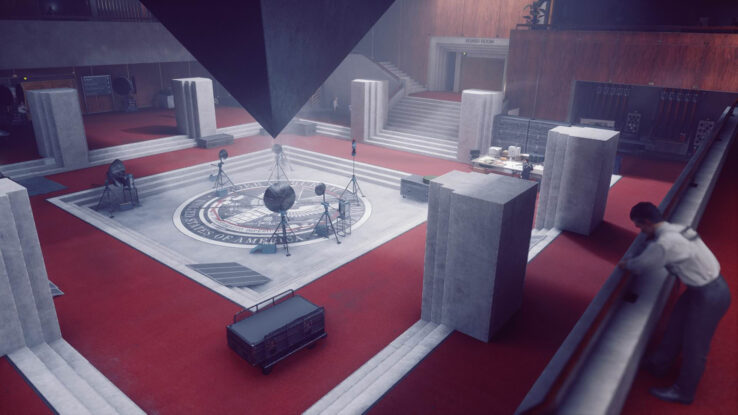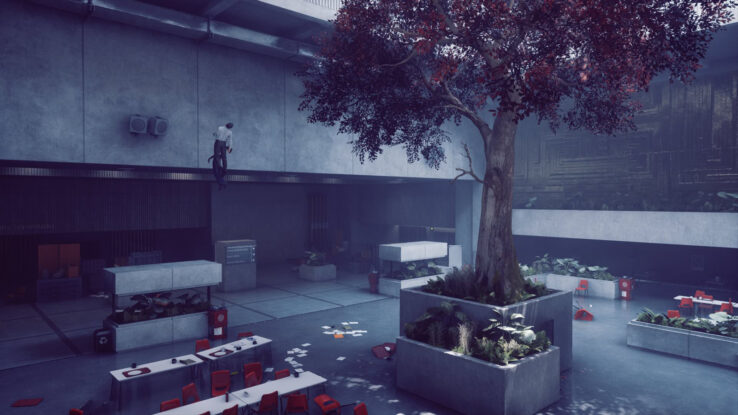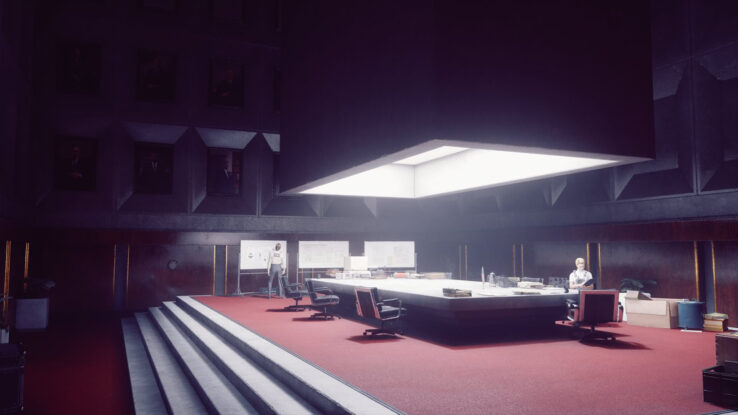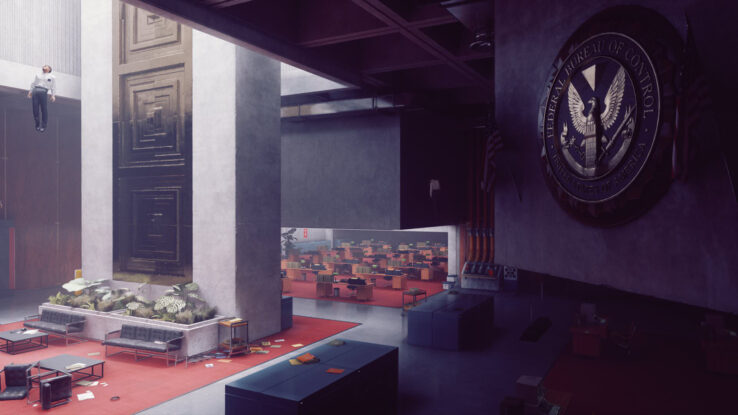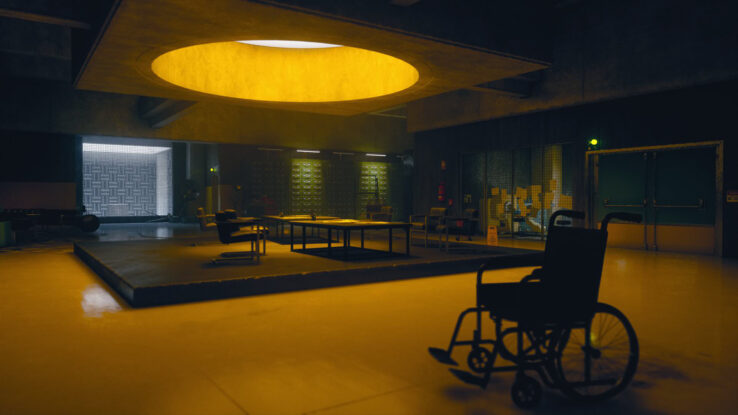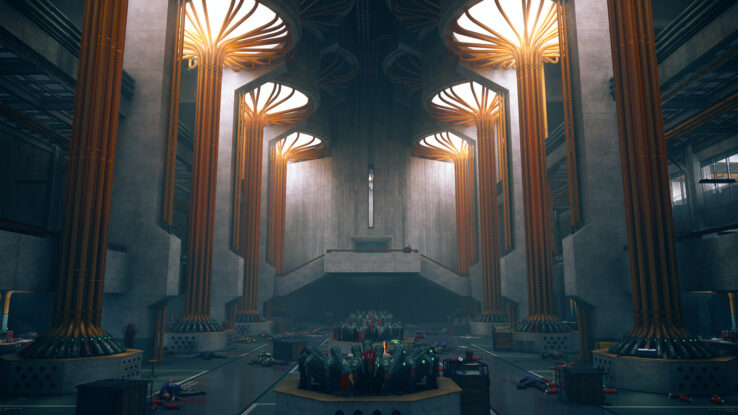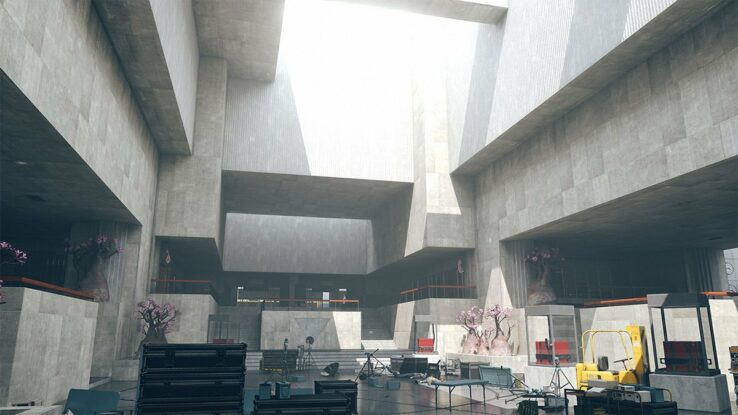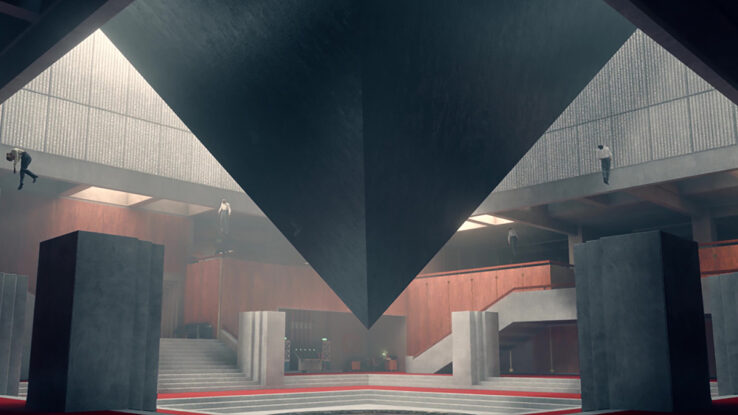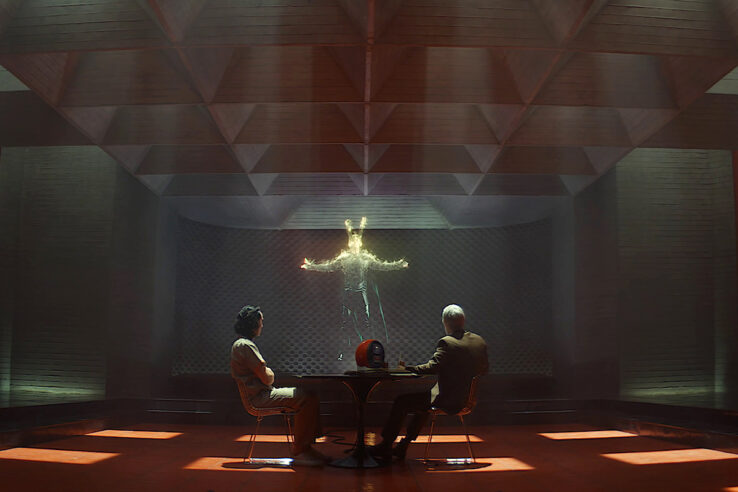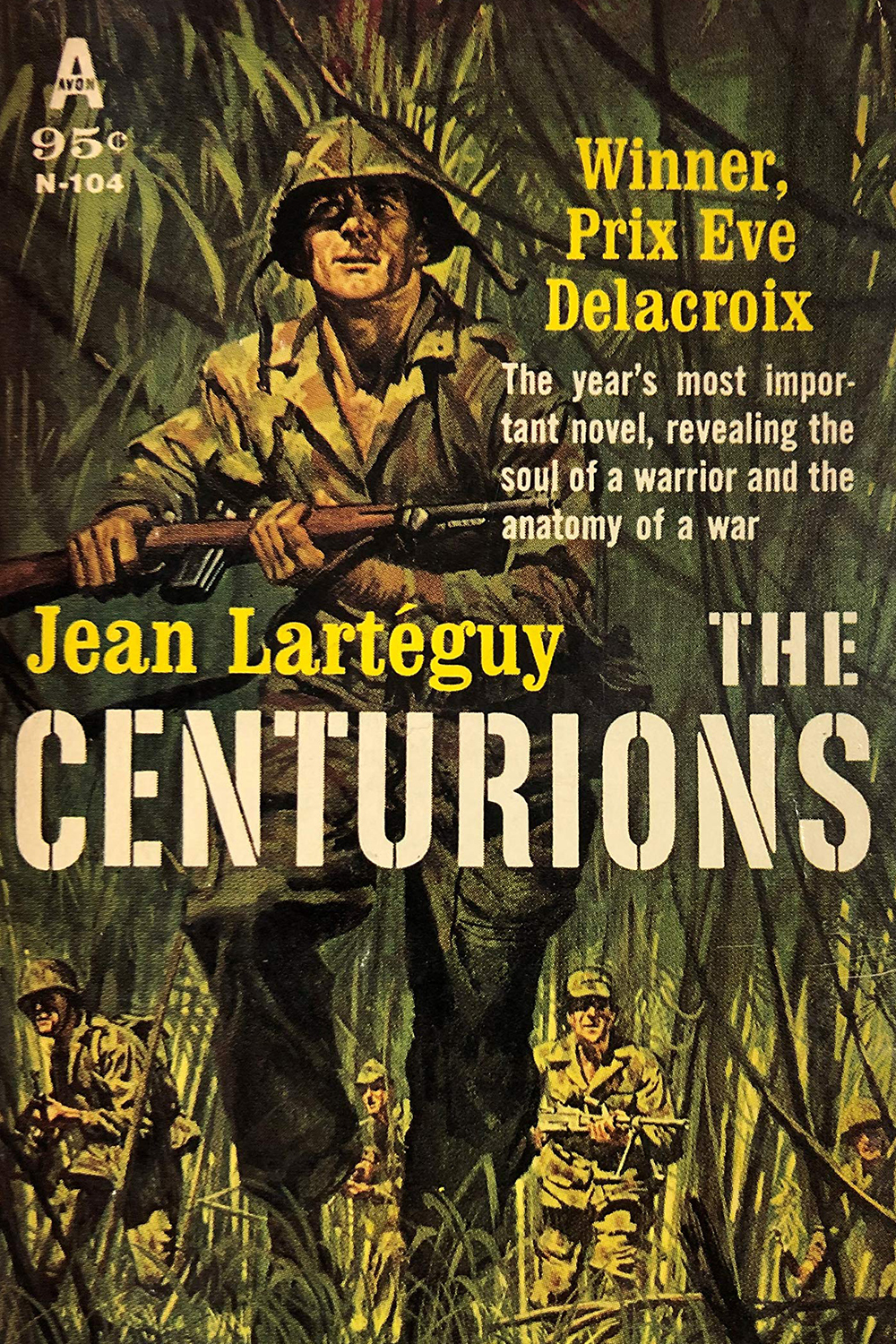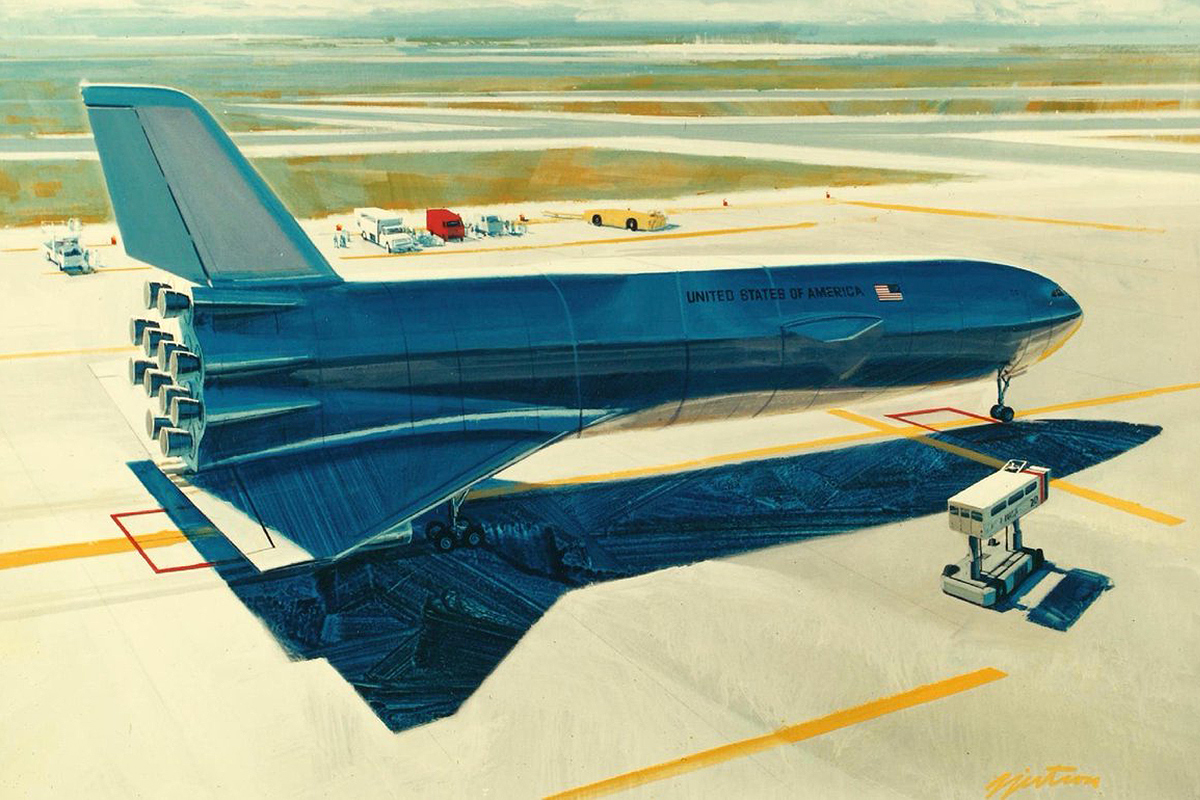I finally watched Loki on Disney+ (it’s hilarious) and one of the things that stood out to me was the aesthetic of the show’s Time Variance Authority (TVA). Brutalist with a mix of midcentury graphics and 1970s decor, it reminded me of the Fallout video games as well as Counterpart, the most underrated science-fiction series of recent years. The Office of Interchange in that show also uses dot-matrix printers, rotary-dial phones, old computers, typewriters, and pen and paper.
The Office of Interchange isn’t a time-travel authority. Rather it manages relations between two parallel Earths. The Temps Commission in The Umbrella Academy (our review here) is, and it too looks midcentury. So does the Federal Bureau of Control in the video game Control. Brutalist architecture and midcentury American office furniture seem to be the time traveler’s favorites.
Time Variance Authority
Kate Herron, who produced and directed Loki, told Polygon they deliberately chose Midwestern Prairie and Brutalist styles:
With Midwest, you’ve got this really heroic, classy vibe to it, because the TVA is very heroic, but the Brutalist architecture is — they’re working for the Time Keepers, who are these kind of god-like overseers at the timeline. So it felt like a really nice marriage to me of styles.
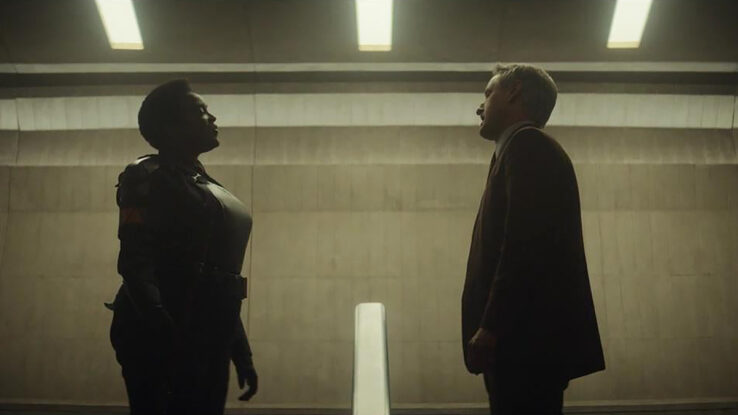
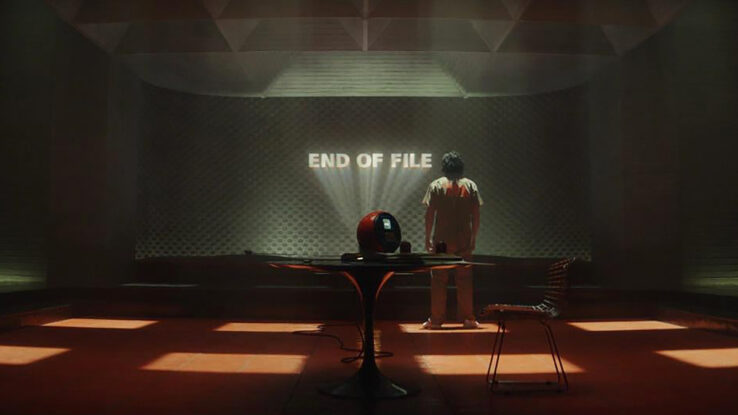
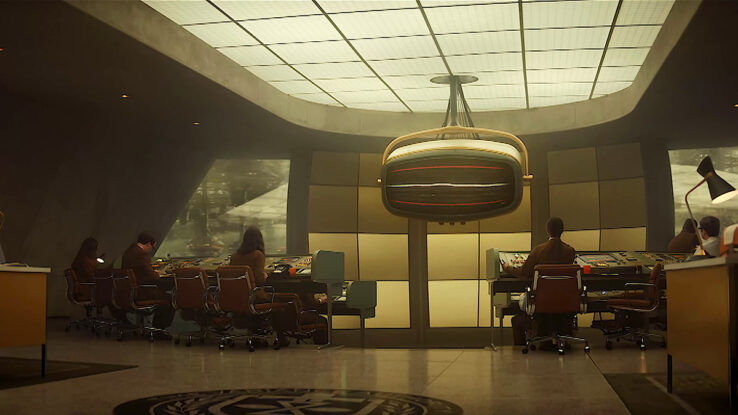
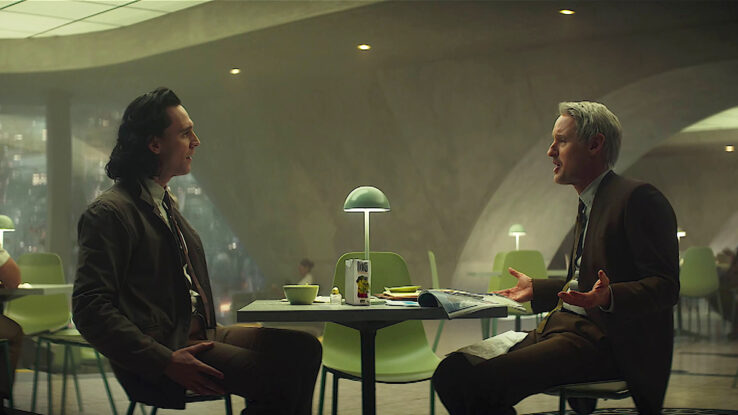

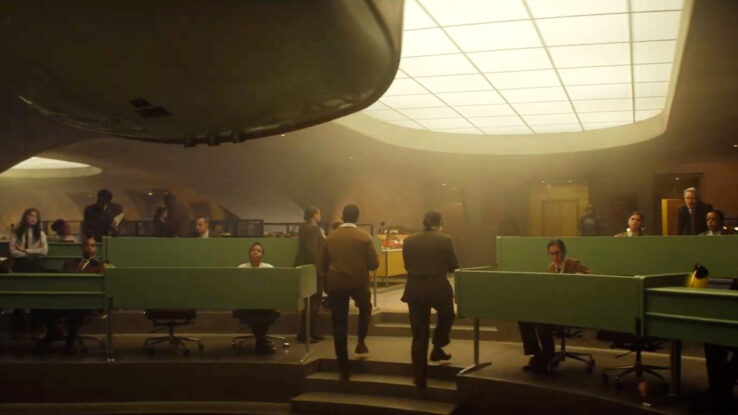
Her other goal was to give the time-traveling bureaucracy a sense of timelessness:
I used to work in a lot of offices as a temp before I was a filmmaker and I remember, the computers were just old, they were archaic. And I was like, “How is this still functioning in an office?” But they’d be like, “Look, it ain’t broke, so we’re not replacing it.” It sparked something in my head, and when I pitched to the studio, I was like, “I think it’d be cool to have — we’ve seen in sci-fi, in the golden age of comics — retro-futuristic tech.”

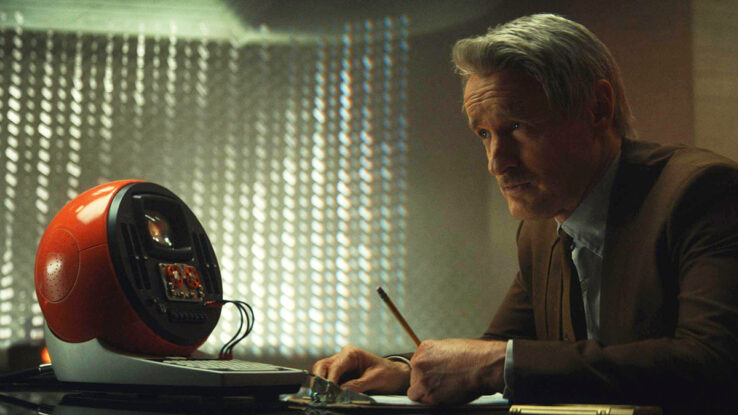
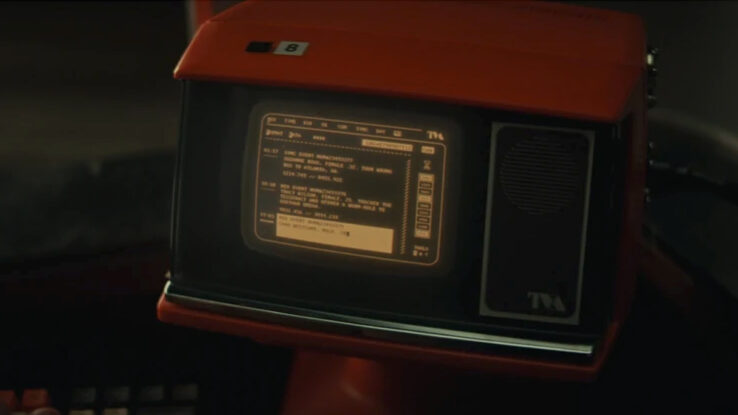
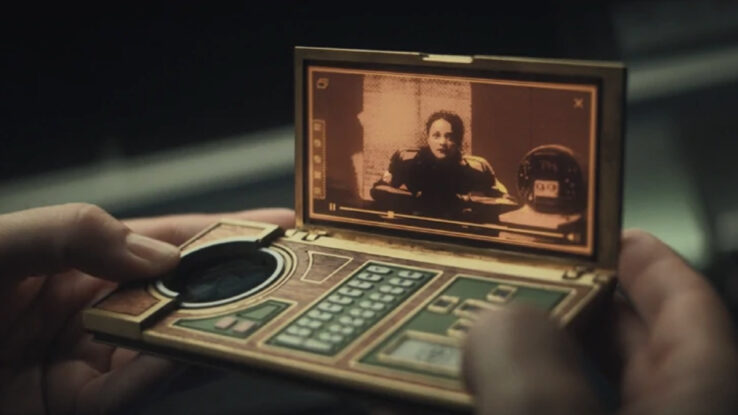
Production Designer Kasra Farahani told The Art Newspaper his inspirations ranged from Marcel Breuer to Ludwig Mies van der Rohe to Oscar Niemeyer to Frank Lloyd Wright. Some of the sets bear a resemblance to the lobby of the Breuer Building in New York, which formerly housed the Whitney Museum.
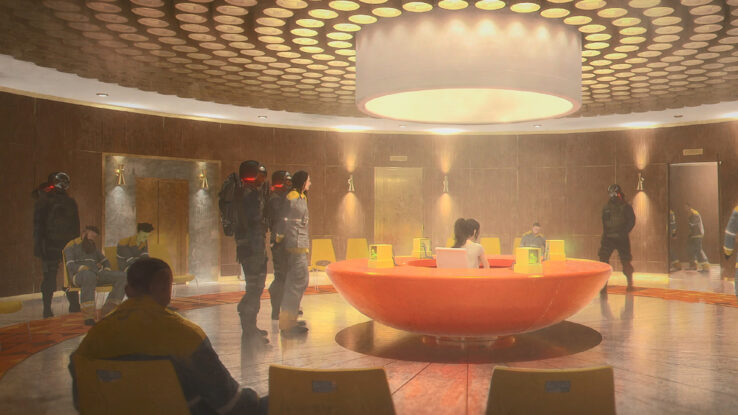

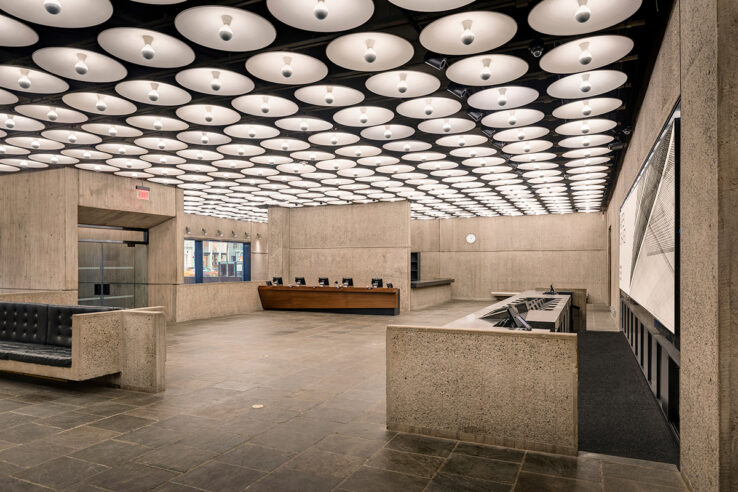
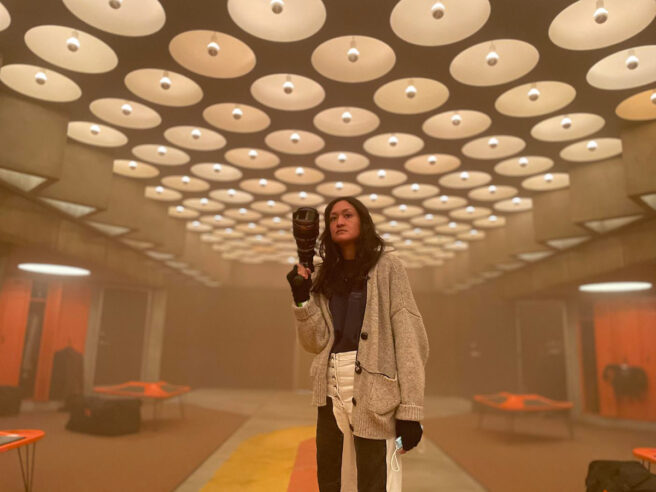
And then a lot of Eastern European, Soviet-influenced Modernism played a big part in it as well. I can honestly tell you that my first and foremost inspiration was Modernism.
Atlas of Wonders points out that the corridors of the TVA look rather like those of the concrete, saucer-shaped Buzludzha Monument, built in the 1970s to commemorate the history of the Bulgarian Communist Party but abandoned after the collapse of communism.
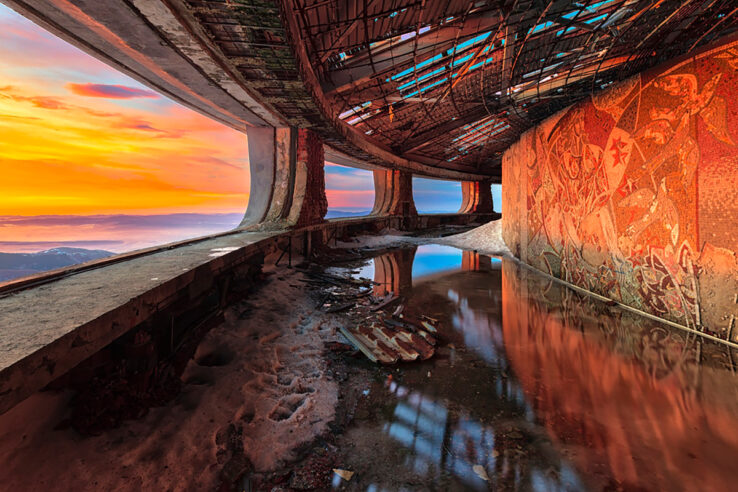
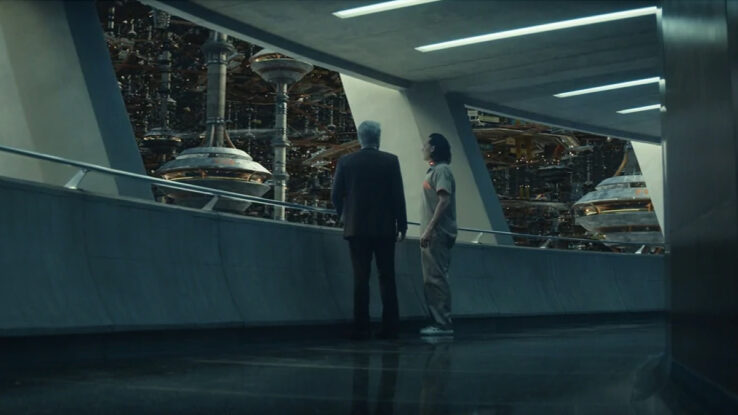
The TVA library and offices were filmed in the Atlanta Marriott Marquis, Georgia, which was designed by John C. Portman Jr in the 1980s. When the hotel opened in 1985, its atrium was the largest in the world, a record now held by the Luxor Hotel in Las Vegas. The Hunger Games also shot scenes in the Marriott Marquis.
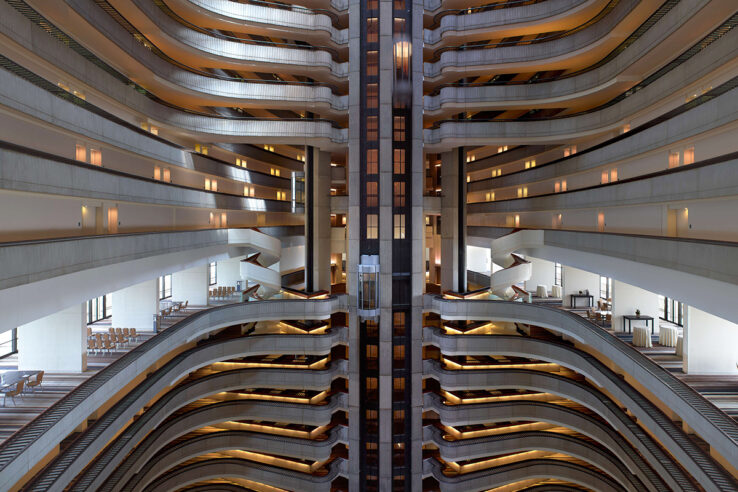
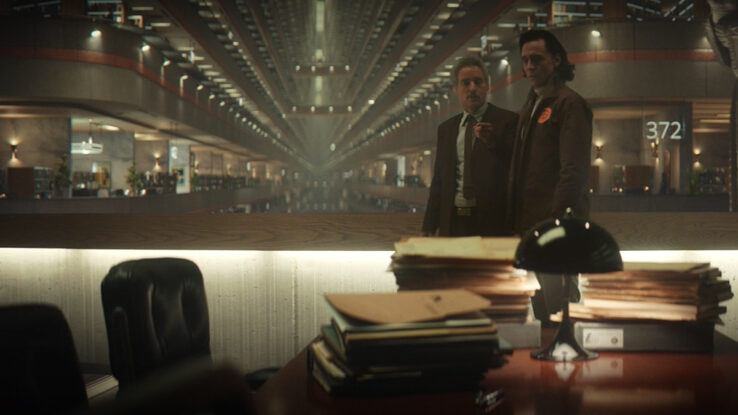
Office of Interchange
The Office of Interchange was created after East German scientists accidentally created a parallel Earth in the late 1980s. The technology from the era remains in use. In fact, personnel are required to surrender their smartphones and other gadgets at the entrance.
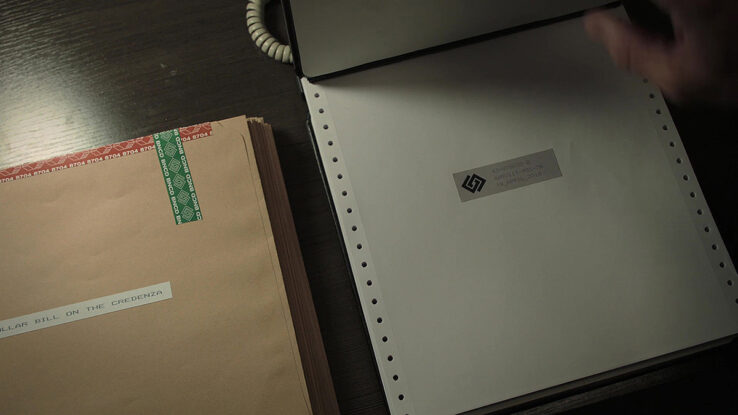
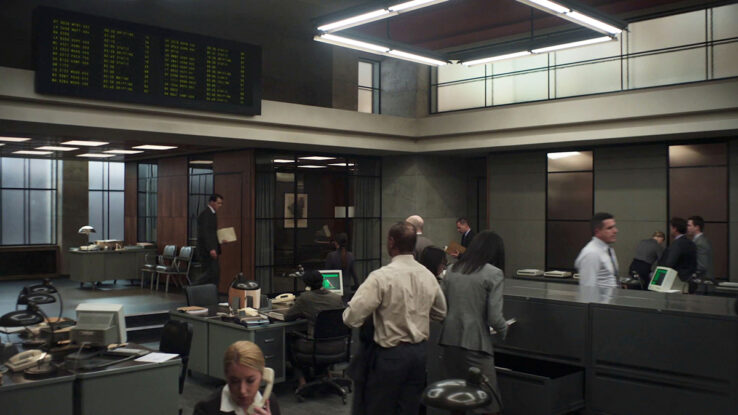
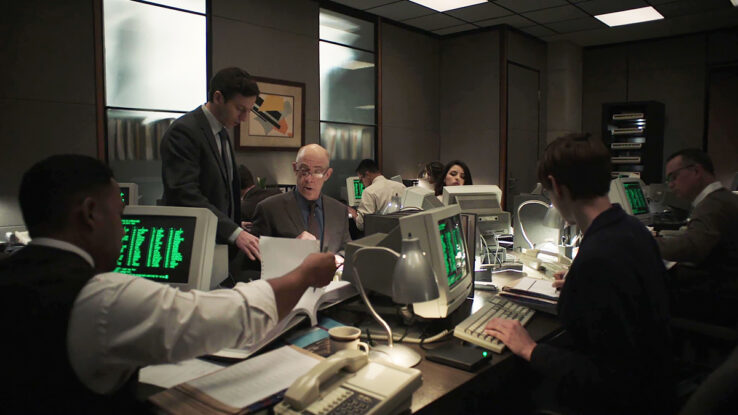
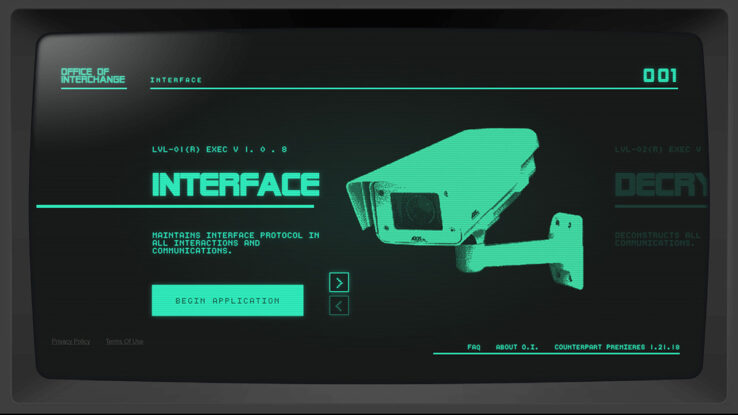
Workers use a combination of IBM Selectric typewriters and MS-DOS-operating computers. (If anybody recognizes the PCs, please let us know in the comments!)
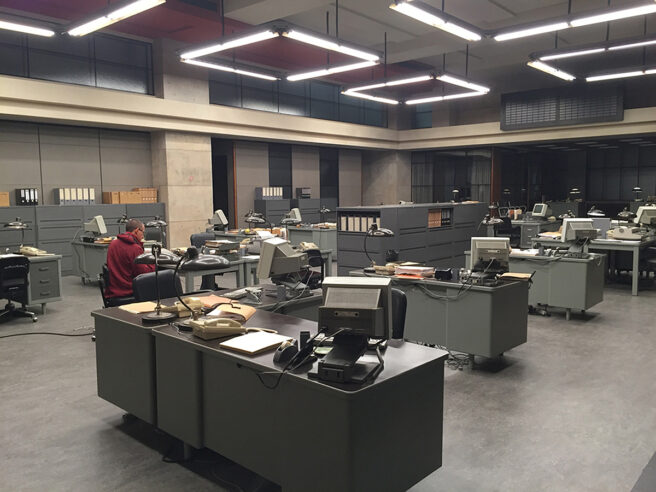
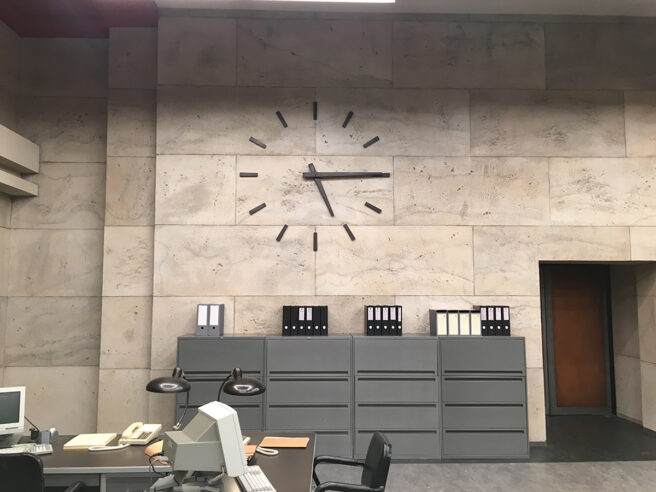

Much of Counterpart was filmed on location in Berlin, including the exterior of the Office of Interchange. The old Tempelhof Airport, built in the Nazi era and decommissioned in 2008, stood in for the secretive agency. Interior scenes were shot on set in Los Angeles.

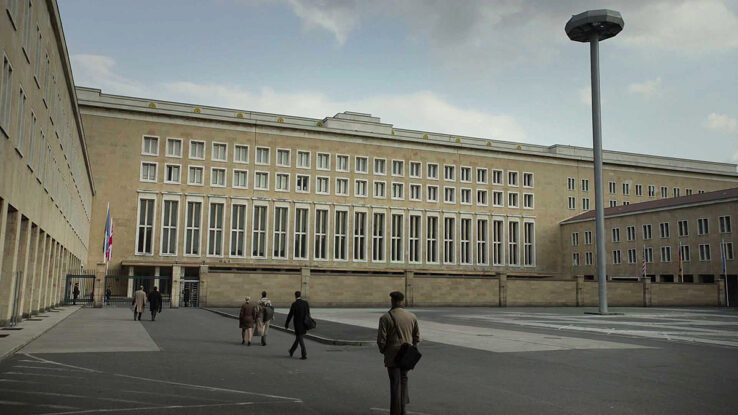
Temps Commission
Much like the TVA, the job of the Temps Commission to make sure that everything that is supposed to happen happens. If somebody threatens the timeline, their agents can travel through time to eliminate the threat.
Set Decorator Jim Lambie told Art Departmental the show didn’t pick any one time for the Temps Commission offices:
We were using a lot of old technologies. No flat-screens at all. Tons of rotary phones. Certainly no cell phones. It was that type of anachronistic thing.
The greenish grey desks are from the American furniture company Steelcase, which became a world leader in office furniture in the 1960s. Their desks and swivel chairs can also be seen in AMC’s Mad Men.
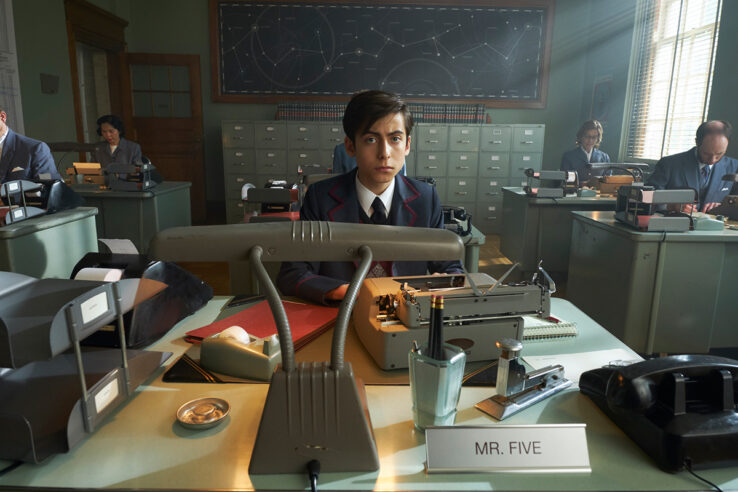
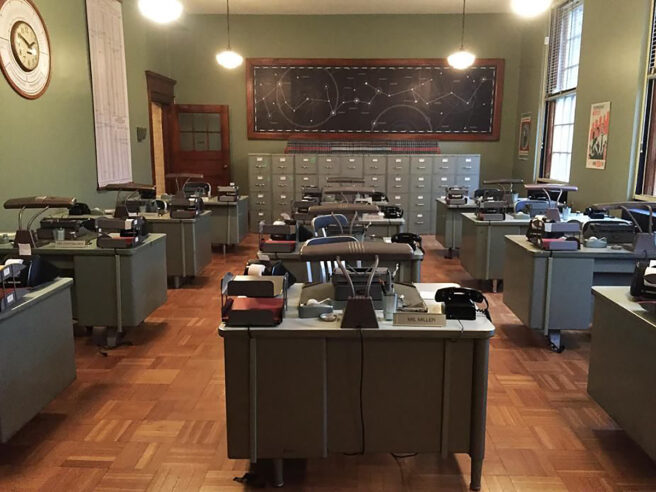
Federal Bureau of Control
In the 2019 video game Control, the Federal Bureau of Control, a government organization tasked with studying and containing paranormal activity, is housed in a Brutalist, windowless skyscraper in downtown Manhattan.
The game’s world design director, Stuart Macdonald, told Eurogamer they picked Brutalism because it’s a style that’s been used in many American government buildings, the J. Edgar Hoover Building — FBI headquarters — being a well-known example.
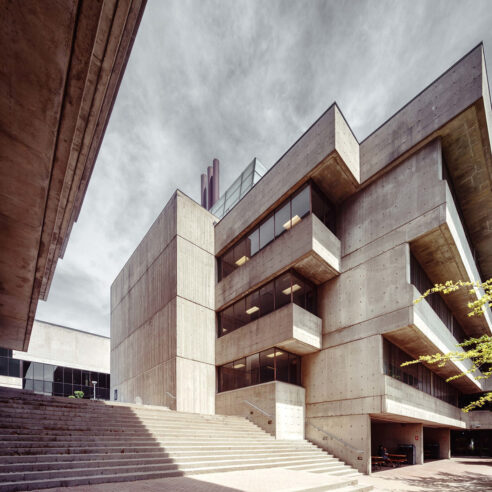
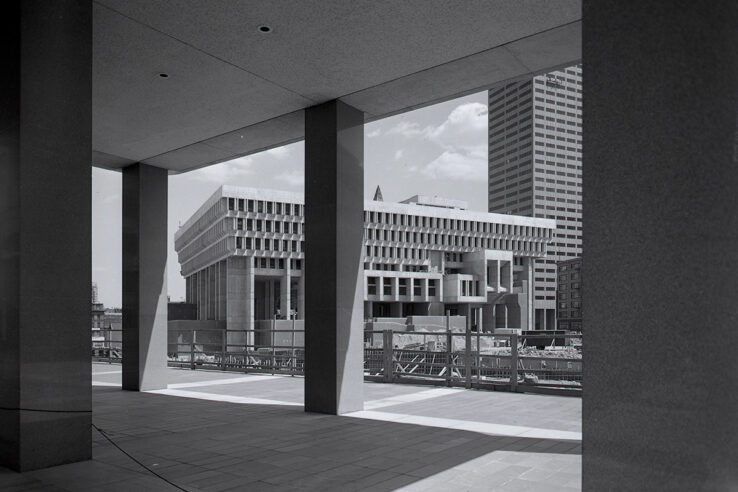
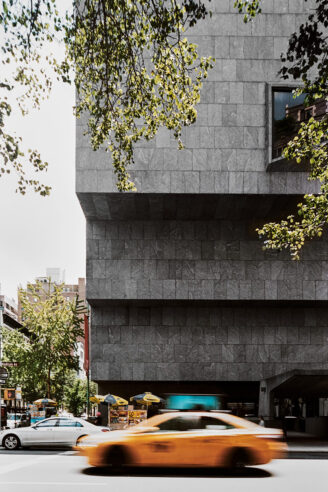
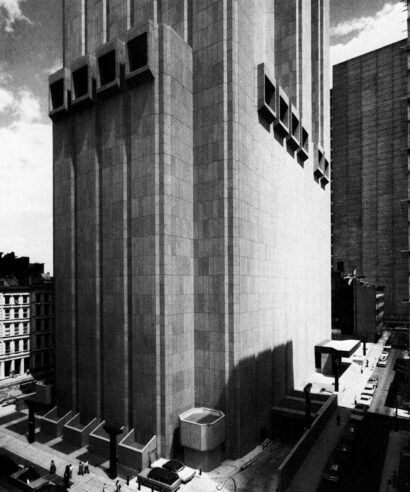
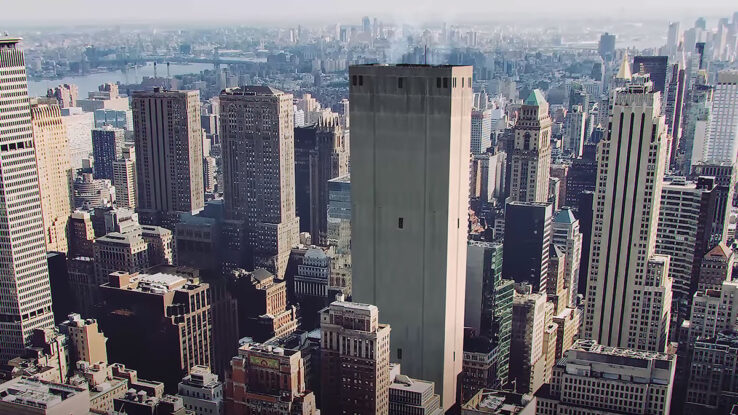
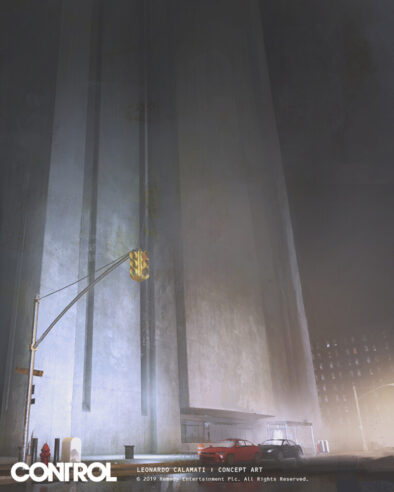
That worked really well for us. It gave up this idea of the Bureau as a place of control and order, solidity and position. That set us off on a quest to find good references for Brutalism.
The most striking analogue is the former AT&T Long Lines Building, a Brutalist, windowless skyscraper near Wall Street that houses a massive telephone exchange. The building is so strong it could withstand nuclear fallout for up to two weeks after an atomic blast.
Other inspirations included Boston City Hall, the Andrews Building at the University of Toronto Scarborough and the interior of the Breuer Building.
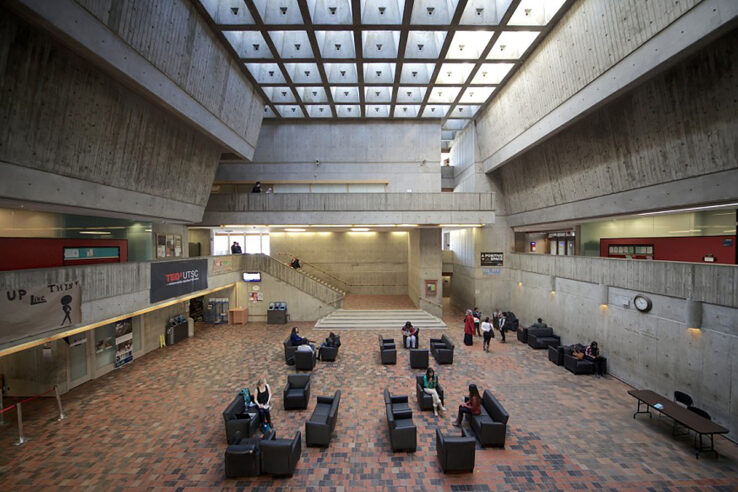
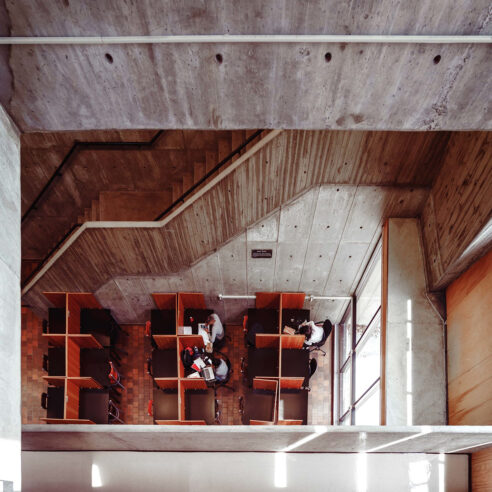
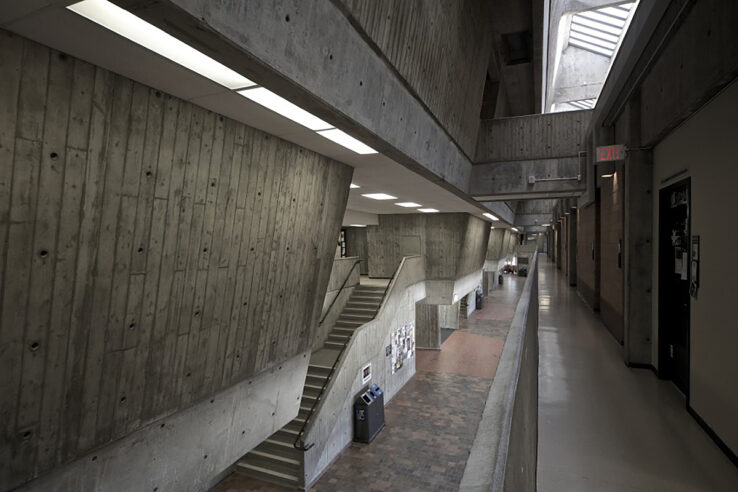
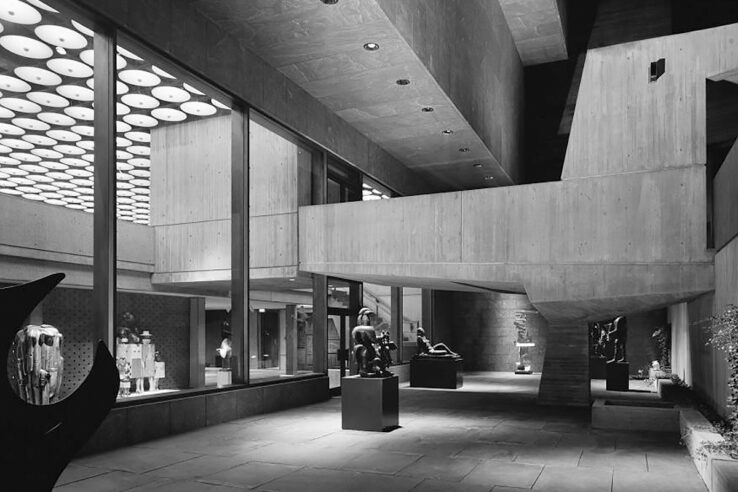
“Brutalism feels very sci-fi. I guess in the 50s it would’ve been glass towers and flying cars, but for us it’s these huge edifices of concrete. It also has this sense of power, weight, strength and stability to it.
Leonardo Calamati, Stuart Macdonald himself and Antti Puomio did the concept arts for the interiors.
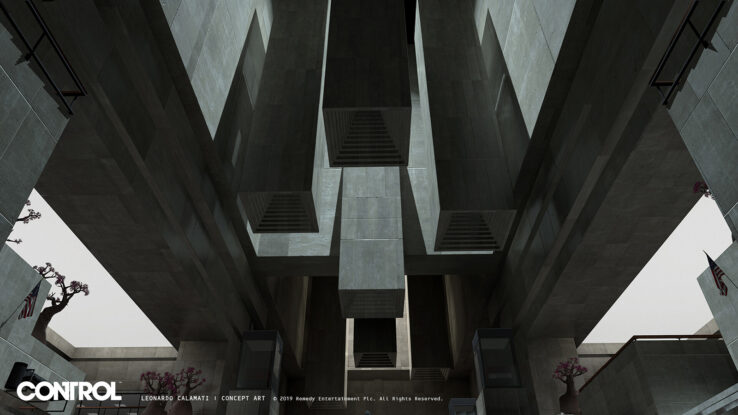
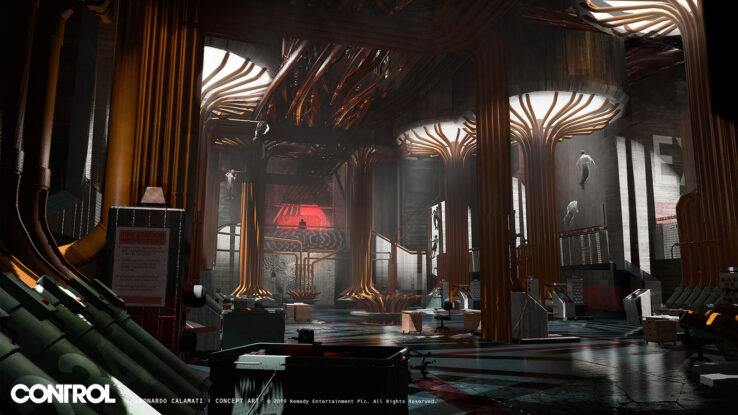
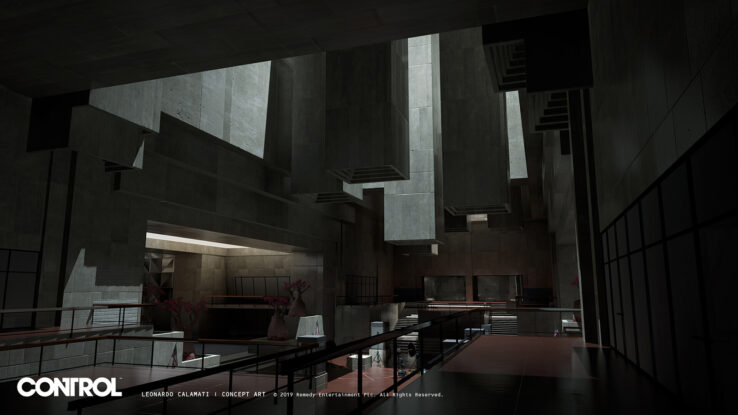
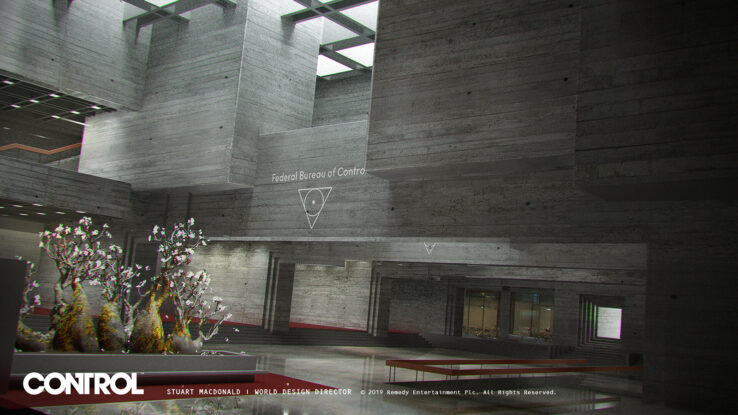
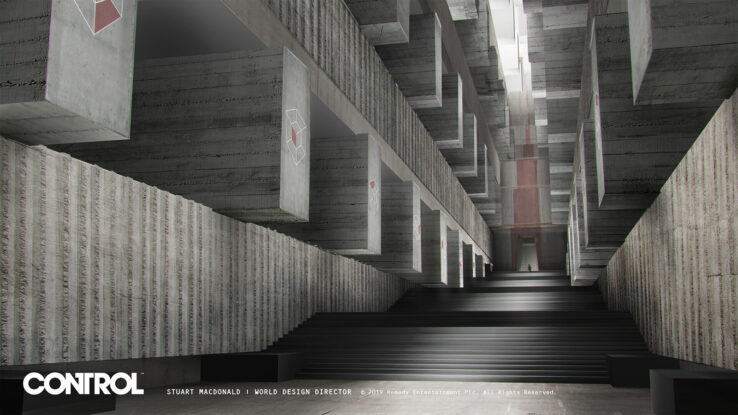
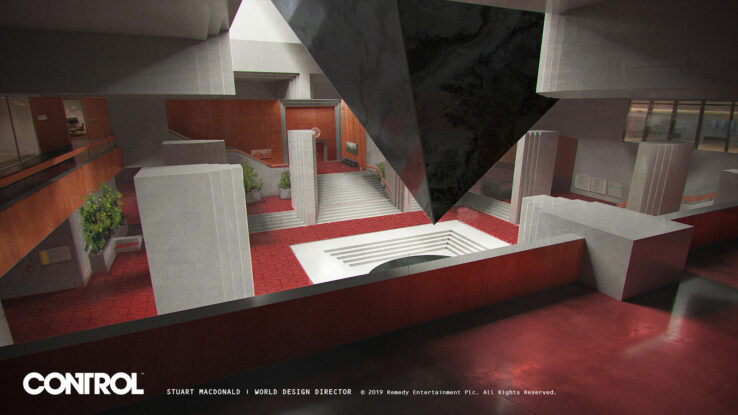

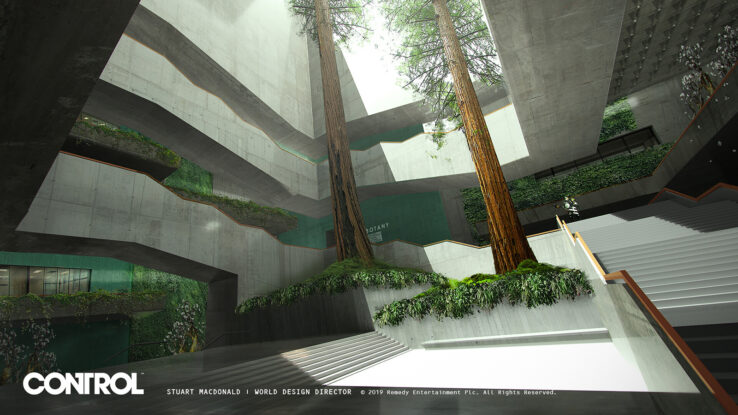
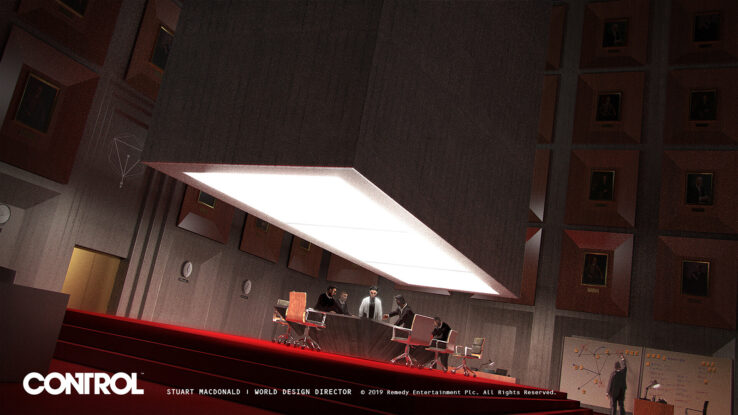
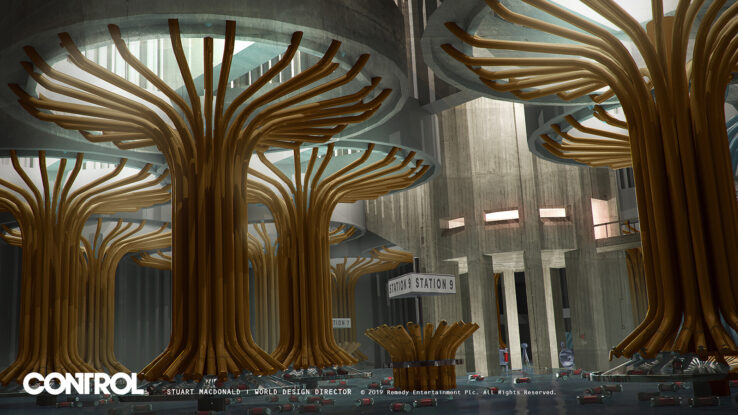
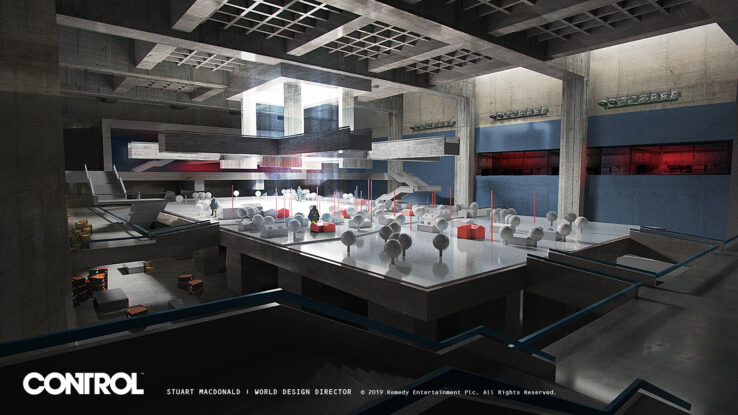
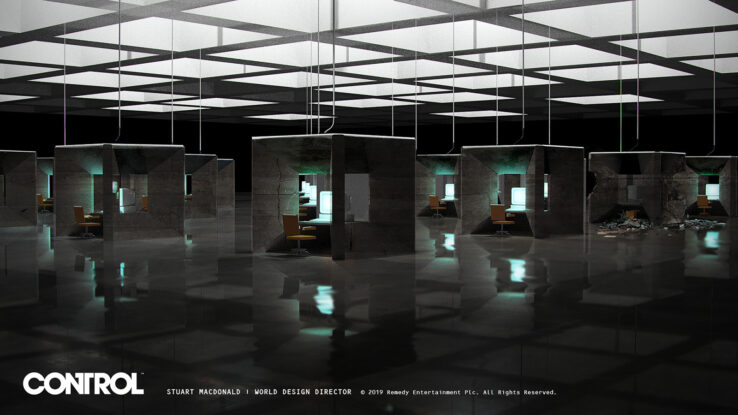
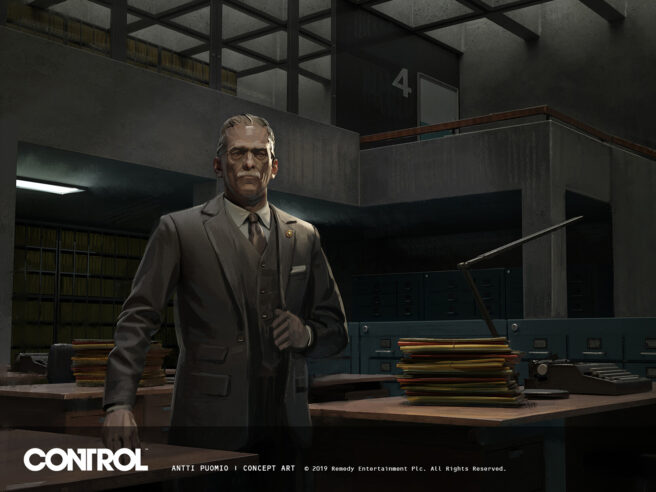
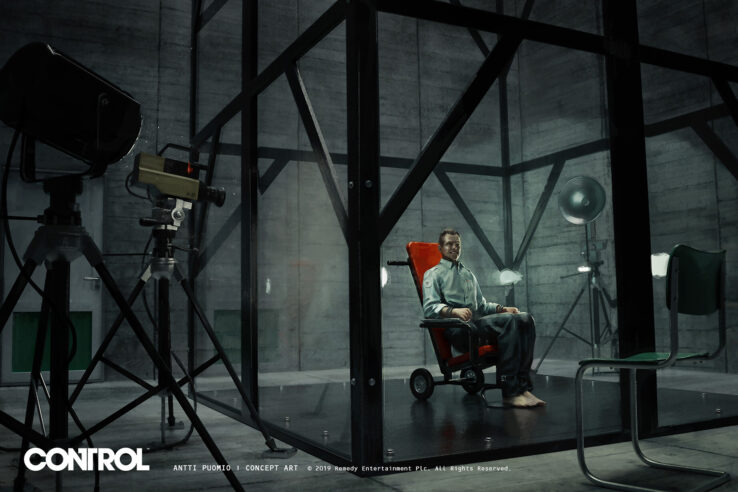
I’ll leave you with a bunch of screenshots from the game. If you’re wondering whey there are people floating in the air in some of them, well, you’re going to have to check out the game!

